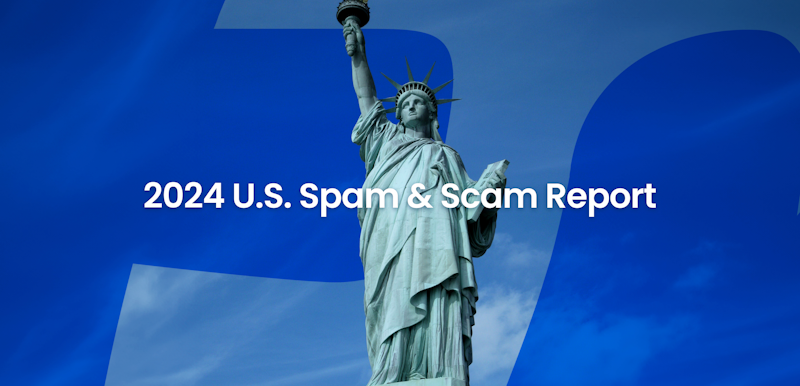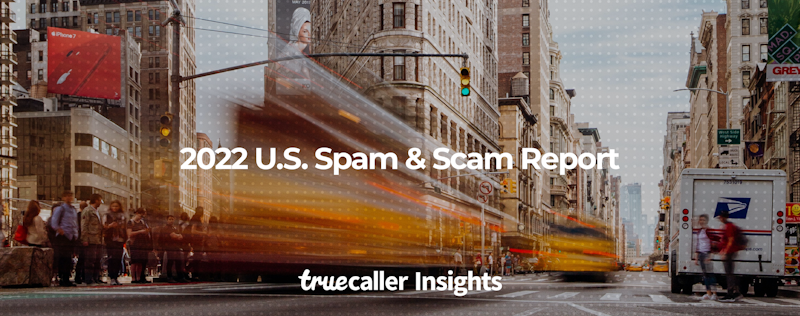
Truecaller Insights Special Report: Indian Banking Sector 2017
Kim Fai Kok
Nov 21, 20173 min readEdited on Jun 13, 2022
For this report, Truecaller Insights has taken a look at the current state of the Indian Banking sector. In particular, how transaction volumes across the major players naturally break down within a few key regions.
We decided to look at a different analysis method and utilize anonymously aggregated data we receive from our new SMS feature. We identified the number series which banks use when confirming transactions with their customers and the volume of SMS they send to Truecaller users. (Please note: .) This method allows us to determine the number of SMS messages our users are receiving, while simultaneously ensuring that privacy and security of their messages are maintained.
For India as a whole, State Bank of India (SBI) is the biggest bank by volume of messages, with 30% of Truecaller users using them, followed by HDFC (14%), ICICI (13%), Axis Bank (9%) and Kotak Bank (8%). Some of the more “global” banks, such as Citi Bank and Standard Chartered have only about a 1% of the total transaction volume each among our user base.
Looking at Delhi users, the top 5 are the same, but their percentages are quite different: SBI, while still the biggest bank, sees a large drop in its volume in Delhi (23%), HDFC (17%), ICICI (15%), Kotak Bank (11%) and Axis Bank (9%).
Some banks (such as Punjab National Bank) have a stronger regional dominance, and it shows in the data. For Punjab-based users, the top 5 banks are: SBI (26%), HDFC (20%), ICICI (13%), PNB (12%) and Axis Bank (9%). Overall in India, PNB has an 8% share.
Interestingly Karnataka and Kolkata show almost exactly the same volume, with the State bank of India taking a commanding 28% of the market.
Both Chennai and Mumbai see a smaller influence from the State bank of India and a more equal distribution of volume between 5 or 6 of the biggest banks.
And in Andhra Pradesh we see the State Bank of India take the largest percentage of volume in any of the major markets with 42% of all banking transactions occurring with the incumbent.
Based on this analysis we can see that there’s a clear leader in the overall Indian banking sector with the State Bank of India. There is a strong middle class of banks that make up to support a healthy competition in the sector. As mobile e-wallet transactions continue to grow at a blistering pace in India it will be fascinating to see how the market evolves and which one of these big banks gains (or loses) the most from the rush to mobile banking.
The data in this article was aggregated anonymously from incoming and outgoing SMS messages to banking services in India during the period of April 1st, 2017 to September 31st, 2017 to understand the trends and usage.
In the report, we decided to look at a different analysis method and utilize the anonymous aggregated data we receive from our new SMS feature. We identified the number series that the banks use when confirming transactions with their customers and the volume of SMS they send to Truecaller users – . This method allows us to determine the number of SMS messages our users are receiving, while simultaneously ensuring that privacy and security of your message is maintained.
These insights are purely based on our internal data and does not reflect the entire usage of any of the mentioned companies and Truecaller does not warrant the accuracy or completeness of such data, and all derivative conclusions or assumption are those of the readers only.
All brands mentioned are the property of their respective owners. Use of these brands does not imply any co-operation or endorsement.

Kim Fai Kok
Nov 21, 20173 min read


